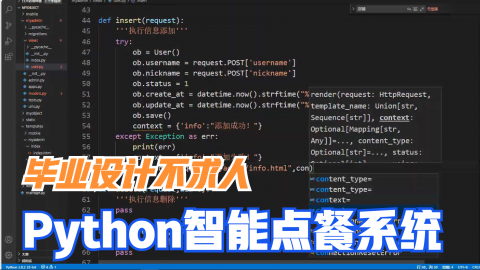目标:
理解列表方法的真实含义。
操作:
list_1.append(element) ==> append(list_1, element)
mystuff.append('hello') 这样的代码时,你事实上已经在Python 内部激发了一个连锁反应。以下是它的工作原理:
1. 先找到mystuff 这个变量
2. 找到了mystuff ,再处理句点. (period) 这个操作符,开始查看mystuff 内部的一些变量了。由于mystuff 是一个列表,Python 知道mystuff 支持一些函数。
3. 接下来轮到了处理append 。Python 会将“append” 和mystuff 支持的所有函数的名称一一对比,如果确实其中有一个叫append 的函数,那么Python 就会去使用这个函数。
4. 接下来Python 看到了括号( (parenthesis) 并且意识到, “噢,原来这应该是一个函数”,到了这里,它就正常会调用这个函数了,不过这里的函数还要多一个参数才行。
5. 这个额外的参数其实是mystuff! 我知道,很奇怪是不是?不过这就是Python 的工作原理,所以还是记住这一点,就当它是正常的好了。真正发生的事情其实是append(mystuff, 'hello') ,不过你看到的只是mystuff.append('hello') 。
代码:
ten_things = 'Apples Oranges Crows Telephone Light Sugar' print("Wait there's not 10 things in that list, let's fix that.") stuff = ten_things.split(" ") more_stuff=['Day', 'Night', 'Song', 'Frisbee', 'Corn', 'Banana', 'Girl', 'Boy'] while len(stuff) != 10: next_one = more_stuff.pop() print('Adding: ', next_one) stuff.append(next_one) print("There's %d items now." % len(stuff)) print("There we go: ", stuff) print("Let's do some things with stuff.") print(stuff[1]) print(stuff[-1]) print(stuff.pop()) print(' '.join(stuff)) print("#".join(stuff[3:5]))
结果:
Wait there's not 10 things in that list, let's fix that. Adding: Boy There's 7 items now. Adding: Girl There's 8 items now. Adding: Banana There's 9 items now. Adding: Corn There's 10 items now. There we go: ['Apples', 'Oranges', 'Crows', 'Telephone', 'Light', 'Sugar', 'Boy', 'Girl', 'Banana', 'Corn'] Let's do some things with stuff. Oranges Corn Corn Apples Oranges Crows Telephone Light Sugar Boy Girl Banana Telephone#Light
注释:
- 将每一个被调用的函数以上述的方式翻译成Python 实际执行的动作。
例如:' '.join(things) 其实是join(' ', things) 。
- 将这两种方式翻译为自然语言。
例如,' '.join(things) 可以翻译成“用1个空格连接(join) things”,而join(' ', things) 的意思是“为一个空格(' ')和things 调用join函数”。这其实是同一件事情。
学自《笨办法学Python》
- 还没有人评论,欢迎说说您的想法!





 客服
客服


